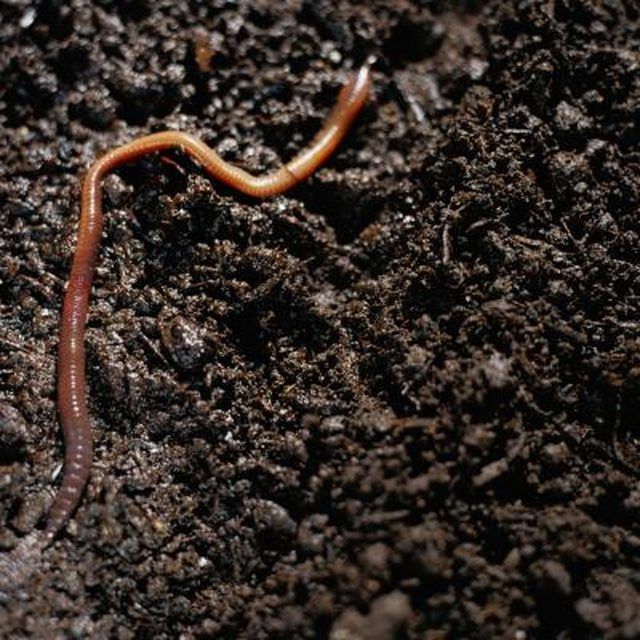Bulbs
Flower Basics
Flower Beds & Specialty Gardens
Flower Garden
Garden Furniture
Garden Gnomes
Garden Seeds
Garden Sheds
Garden Statues
Garden Tools & Supplies
Gardening Basics
Green & Organic
Groundcovers & Vines
Growing Annuals
Growing Basil
Growing Beans
Growing Berries
Growing Blueberries
Growing Cactus
Growing Corn
Growing Cotton
Growing Edibles
Growing Flowers
Growing Garlic
Growing Grapes
Growing Grass
Growing Herbs
Growing Jasmine
Growing Mint
Growing Mushrooms
Orchids
Growing Peanuts
Growing Perennials
Growing Plants
Growing Rosemary
Growing Roses
Growing Strawberries
Growing Sunflowers
Growing Thyme
Growing Tomatoes
Growing Tulips
Growing Vegetables
Herb Basics
Herb Garden
Indoor Growing
Landscaping Basics
Landscaping Patios
Landscaping Plants
Landscaping Shrubs
Landscaping Trees
Landscaping Walks & Pathways
Lawn Basics
Lawn Maintenance
Lawn Mowers
Lawn Ornaments
Lawn Planting
Lawn Tools
Outdoor Growing
Overall Landscape Planning
Pests, Weeds & Problems
Plant Basics
Rock Garden
Rose Garden
Shrubs
Soil
Specialty Gardens
Trees
Vegetable Garden
Yard Maintenance
How to Raise Red Wiggler Worms
How to Raise Red Wiggler Worms. People usually raise red wiggler worms for fishing, to make garden compost or to start a worm farm. Whatever the reason, check garden supply catalogs, ads in gardening magazines and the Internet for your first supply of red wigglers. Since worms can't survive shipment in cold weather, order them before winter...

People usually raise red wiggler worms for fishing, to make garden compost or to start a worm farm. Whatever the reason, check garden supply catalogs, ads in gardening magazines and the Internet for your first supply of red wigglers. Since worms can't survive shipment in cold weather, order them before winter arrives.
Things You'll Need
Plastic lidded container
Biodegradable bedding
Convert a plastic lidded container into a worm bin. Red wigglers need about 1 square foot of surface area per pound of waste material produced each week. Make 1/8- to 1/4-inch holes in the bottom for drainage and above the bedding for air. The number of holes needed depends on the size of the bin. A 10 gallon bin needs about 18 holes on all sides. A soldering iron, drill, heated ice pick or knitting needles are some of the tools you can use to make holes in soft plastic.
Place biodegradable bedding in the worm bin. Possible bedding materials include peat moss, aged manure, sawdust, dried grass clippings, hay, garden loam, shredded cardboard, newspaper, paper grocery bags and shredded leaves. Avoid highly acidic leaves, such as oak, since the worms don't like them. Also avoid colored or glossy paper that may have toxic dyes.
Soak paper bedding overnight to give the worms moisture for wiggling and burrowing around. For other bedding material, add enough water to make it slightly moist like a damp sponge. Fill the worm bin up to 6 inches deep with bedding. Check the bedding frequently to make sure it doesn't dry out. Use a spray bottle to keep it moist.
Protect the worm bin from sun and light. Red wigglers need a cool shaded place if raised outside. The ideal temperature for these worms is from 50 to 70 degrees Fahrenheit.
Feed the red wiggler worms a variety of fruit and vegetable scraps, leftover bread, pasta and grains every other day. To start out, feed 2 lbs. of worms 1 cup of scraps and adjust the amount up or down as needed. Avoid foods that can turn rancid such as peanut butter and animal and dairy products.
Tips & Warnings
Take advantage of the compost, a byproduct of raising worms, and use it in your vegetable or flower garden.
You can purchase worm bins, which is convenient but expensive.